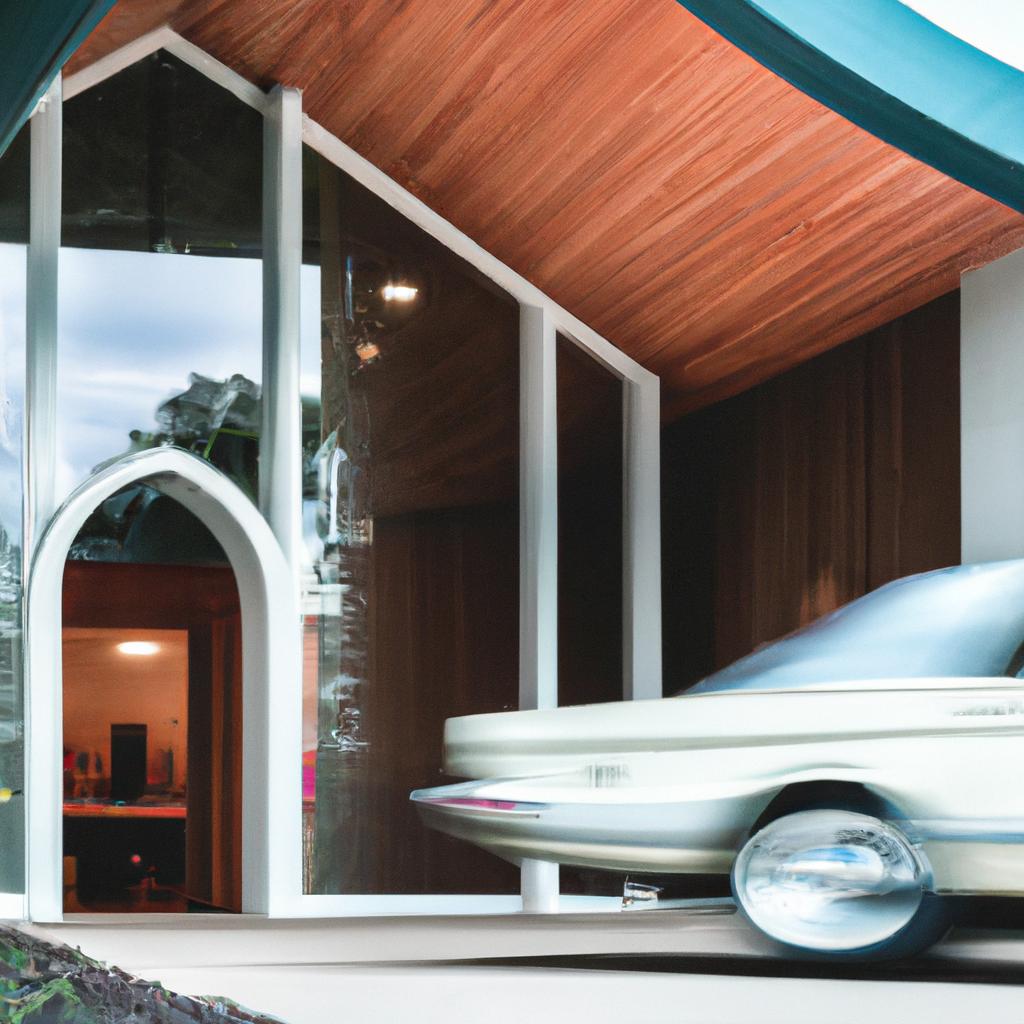Museums hold an irreplaceable position in preserving and showcasing our cultural heritage. They allow us to delve into the history, art, and science of the world all in one place. However, visiting museums can sometimes be challenging, especially for those with limited time or mobility issues. This is where the concept of a “drive-through museum” comes into play. A drive-through museum is an innovative way to experience the traditional museum setting without stepping out of your car. In this article, we will delve into the benefits, examples, and the exciting future of drive-through museums.
The Convenience, Safety, and Accessibility of Drive Through Museums
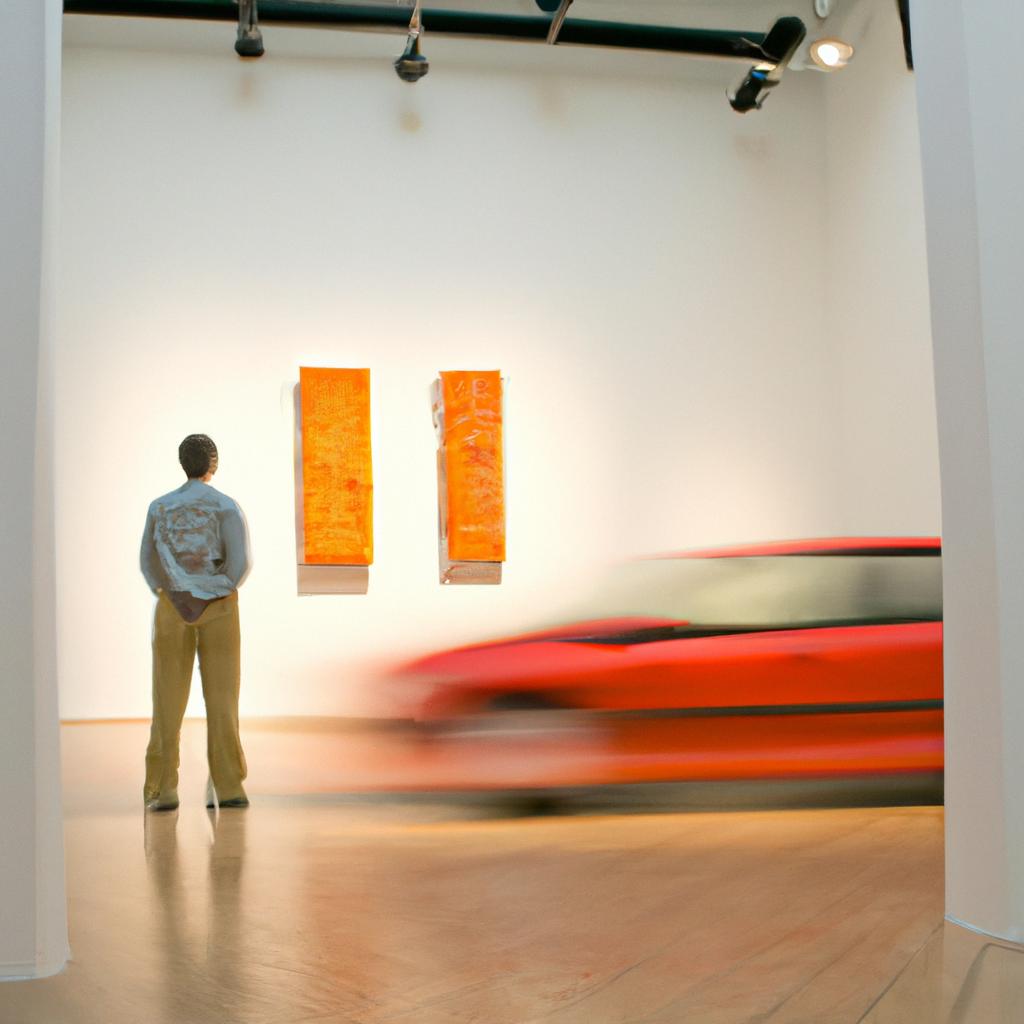
Drive-through museums bring several advantages to visitors, including convenience, safety, and accessibility.
Convenience for Visitors
One of the most significant benefits of a drive-through museum is the convenience it offers. By allowing visitors to drive through at their own pace, there are no worries about parking, long distances, or waiting in lines. Visitors have the freedom to explore the exhibits at their own leisure.
Safety for Visitors
Drive-through museums provide a safe experience, especially during the ongoing COVID-19 pandemic. By allowing visitors to remain in their cars, the risk of exposure to the virus is reduced, and maintaining social distancing becomes easier.
Accessibility for Everyone
Another advantage of drive-through museums is their accessibility. People with mobility issues can effortlessly explore the museum without having to walk long distances. Additionally, families with young children or individuals with limited time can still experience the highlights of the museum without spending an entire day.
In conclusion, drive-through museums offer a convenient, safe, and accessible way to explore the world’s cultural heritage. This concept is gaining popularity worldwide, and we can anticipate the emergence of more drive-through museums in the future.
Notable Examples of Drive Through Museums
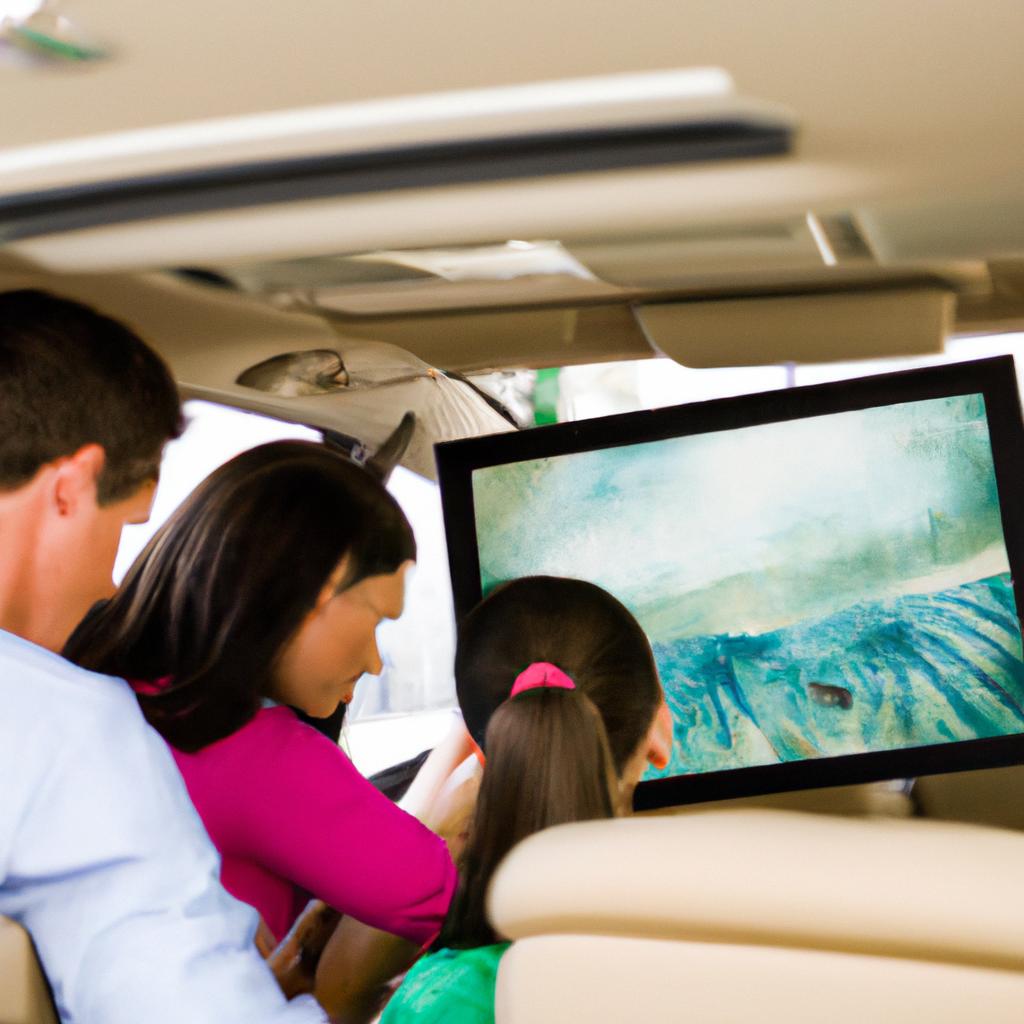
Several museums around the world have embraced the drive-through concept, leading to extraordinary experiences for visitors. Let’s take a closer look at some notable examples.
The Louvre Abu Dhabi
The Louvre Abu Dhabi, known for its stunning architecture and vast art collection, launched its “Art Through the Window” program in response to the pandemic. This program allows visitors to explore the exhibits from the safety of their cars. Visitors can drive through the museum’s outdoor spaces and admire iconic artworks like Leonardo da Vinci’s “La Belle Ferronniere” and Vincent van Gogh’s “Self Portrait.”
The Museum of Modern Art in New York
The Museum of Modern Art in New York offers the “Artful Adventure” program, which embraces the drive-through concept. Visitors can drive through the museum’s sculpture garden and appreciate outdoor art installations. Additionally, the museum provides virtual tours for visitors to explore the exhibits in more detail.
In conclusion, the Louvre Abu Dhabi and the Museum of Modern Art in New York are just a couple of the museums that have successfully implemented the concept of drive-through museums.
Expanding the Drive Through Museum Experience
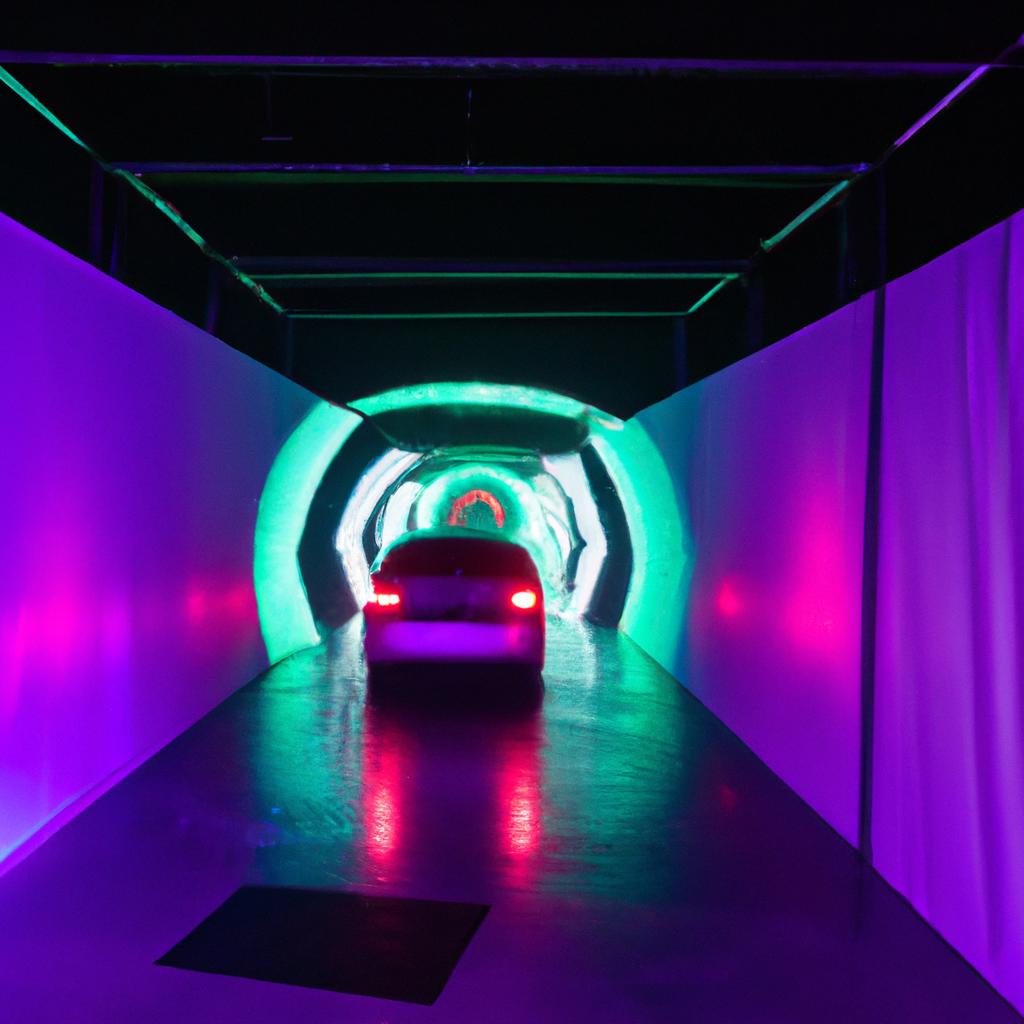
Drive-through museums are gaining popularity worldwide as more museums adopt this concept to remain accessible to visitors during the pandemic. Here are a few more examples of museums that have embraced the drive-through experience:
The British Museum in London
The British Museum in London launched its “Museum of the World” program, allowing visitors to explore the museum’s highlights from the comfort of their cars. Visitors can drive through the museum’s outdoor spaces and marvel at iconic artifacts such as the Rosetta Stone and the Parthenon sculptures.
The Pittock Mansion in Portland
The Pittock Mansion in Portland, Oregon, has introduced a drive-through holiday light display program. Visitors can appreciate the museum’s festive decorations from the safety of their cars as they drive through the mansion’s outdoor spaces adorned with dazzling lights.
In conclusion, the concept of drive-through museums continues to gain popularity worldwide. It allows museums to remain accessible during the pandemic. The Louvre Abu Dhabi, the Museum of Modern Art in New York, the British Museum in London, and the Pittock Mansion in Portland are just a few examples of museums successfully adopting this concept.
The Future of Drive Through Museums
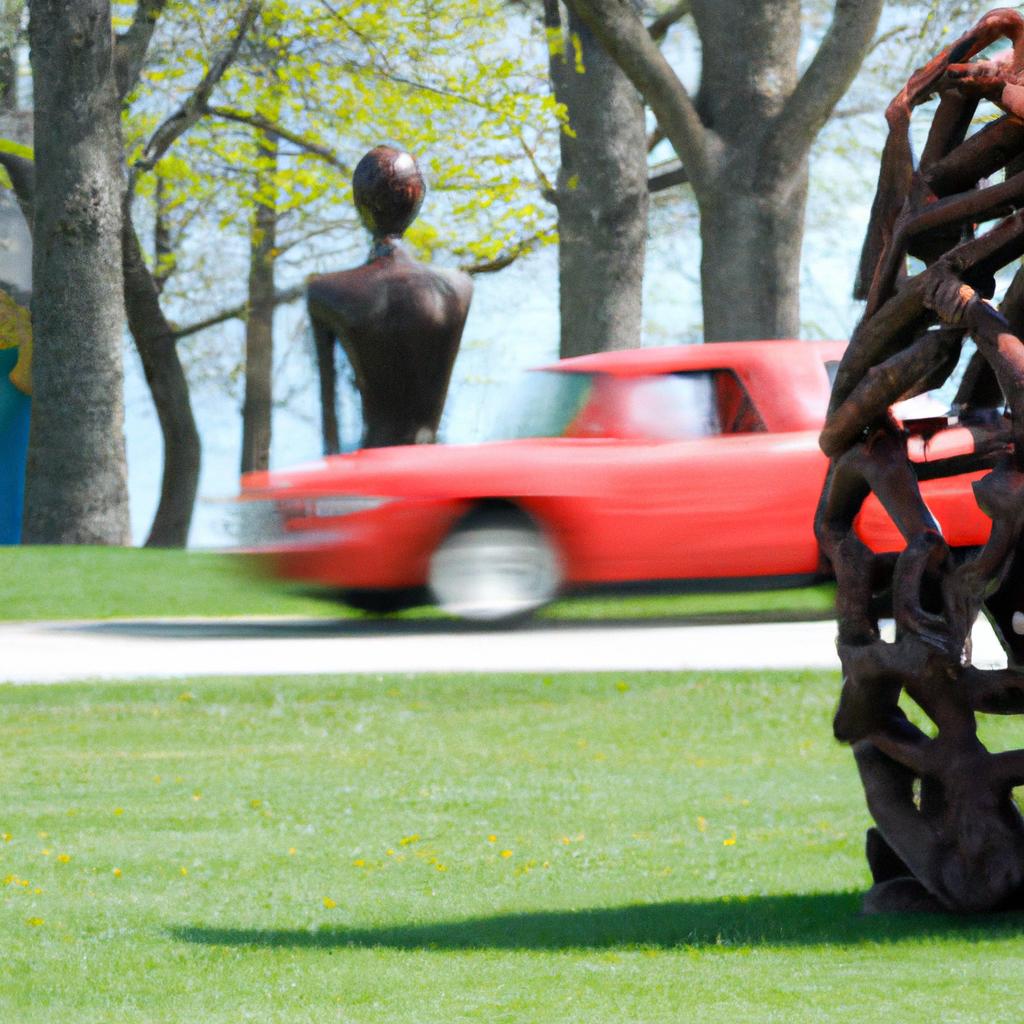
The future of drive-through museums is both exciting and full of potential for further innovation and expansion. Here are some areas where the concept may evolve:
Role of Technology
Technology will play a significant role in the future of drive-through museums. Advancements in augmented reality and virtual reality may soon allow visitors to have a more immersive experience of the exhibits right from their cars.
Expansion of Drive Through Museums
As the concept gains popularity, we can expect more museums to adopt the drive-through model. This expansion will enable visitors to explore cultural heritage sites that were previously inaccessible due to distance or location.
Impact on Traditional Museums
Drive-through museums have raised questions about their impact on traditional museums. While drive-through museums offer accessibility and convenience, they may limit the exploration of exhibits and engagement with cultural heritage. Striking a balance between accessibility and preserving the cultural significance of traditional museums is essential.
In conclusion, the future of drive-through museums is promising. With the integration of technology and new exhibits, this concept will continue to evolve and offer visitors a unique and memorable experience. Drive-through museums provide a safe and accessible alternative to traditional museum settings, complementing the traditional museum experience while offering an innovative way to explore the world’s history, art, and science.
TooLacks is a website specializing in news, including information about nature, gardening, animals, and more. If you’re interested in learning more about the world’s cultural heritage, be sure to check out our website for more informative articles like this one.
